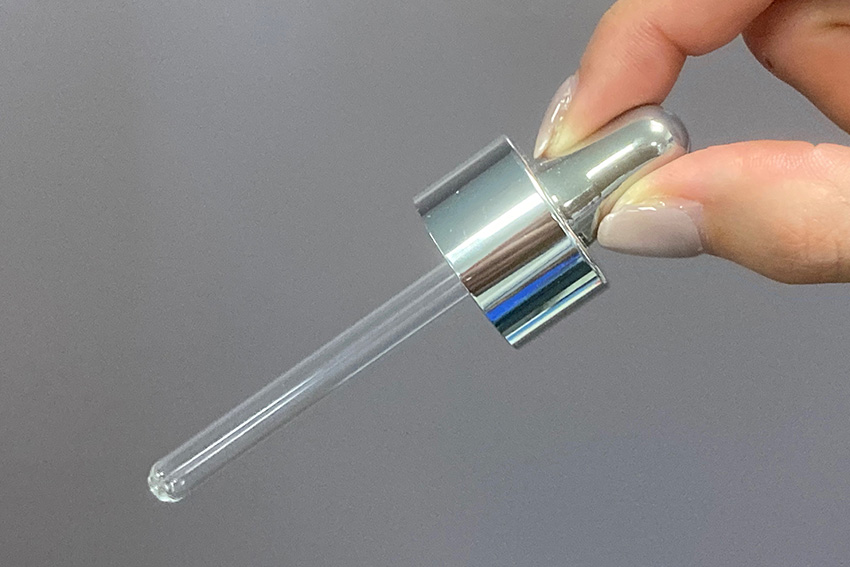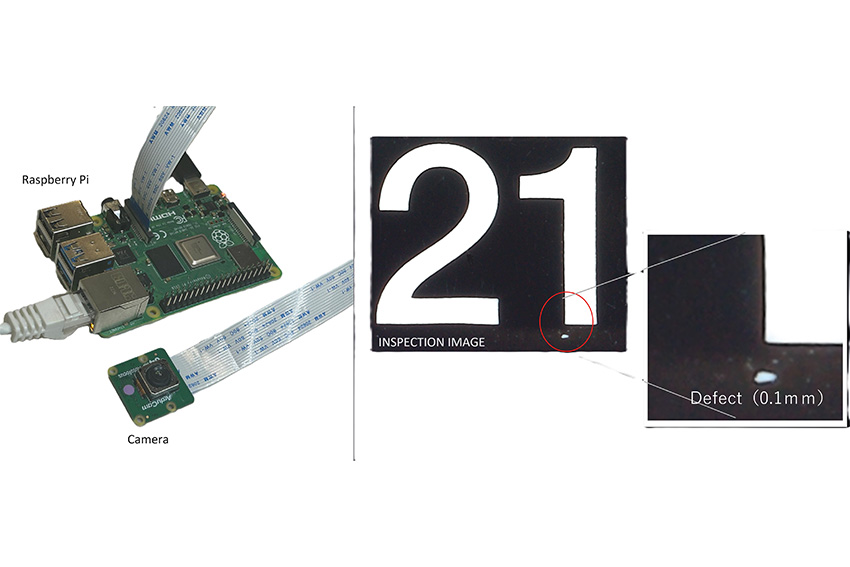

As pioneers in advanced technology solutions, Tamagawa Denki leads the way, from precision plastics, cutting-edge semiconductor design, and AI-driven automation.

Tamagawa Denki boasts a rich legacy spanning 75 years in precision engineering plastics and 42 years in semiconductor design and development. As company president Hironobu Miyakoshi says: "our commitment lies in the seamless integration of creativity and cutting-edge technology to serve our customers and society."
With a solid foundation built on extensive experience at IDM, Tamagawa Denki consistently delivers value to customers. Renowned for its technical prowess and integrity, it has earned the trust of major semiconductor manufacturers. As for plastics manufacturing, the company specializes in bio-materials and paint-less molding. Expertise in specialized molding techniques – including insert molding, thin-wall molding, hoop molding, two-color molding, and LIM molding – have helped with creating partnerships and enhanced Tamagawa Denki's competitive edge.
"If there is an opportunity to expand our business with overseas companies, we want to do that," says the president. "However, we’re not thinking of simply outsourcing jobs, rather of working together."

AI Vision 21
Tamagawa Denki is dedicated to advancing Sustainable Development Goals, actively contributing to the community and society. There is a commitment to fostering a work environment that is both community and society-friendly, promoting engagement in SDGs initiatives among its employees.
“We are developing bioplastics and recycled plastics, and we have already developed vapor deposition paint," explains Mr. Miyakoshi. "It looks like metal, but it’s soft. It’s a non-linear sort of vapor deposition, using tin and indium."
Looking ahead, the aim is to revolutionize the visual inspection process for small and medium-sized companies, alleviating the burden on workers through the innovative application of Tamagawa Denki's AI VISION technology.
"Instead of using human eyes, we’re able to do the inspection in less time. So in five years, we want to achieve great results in image identification with generative AI," concludes the president.
0 COMMENTS